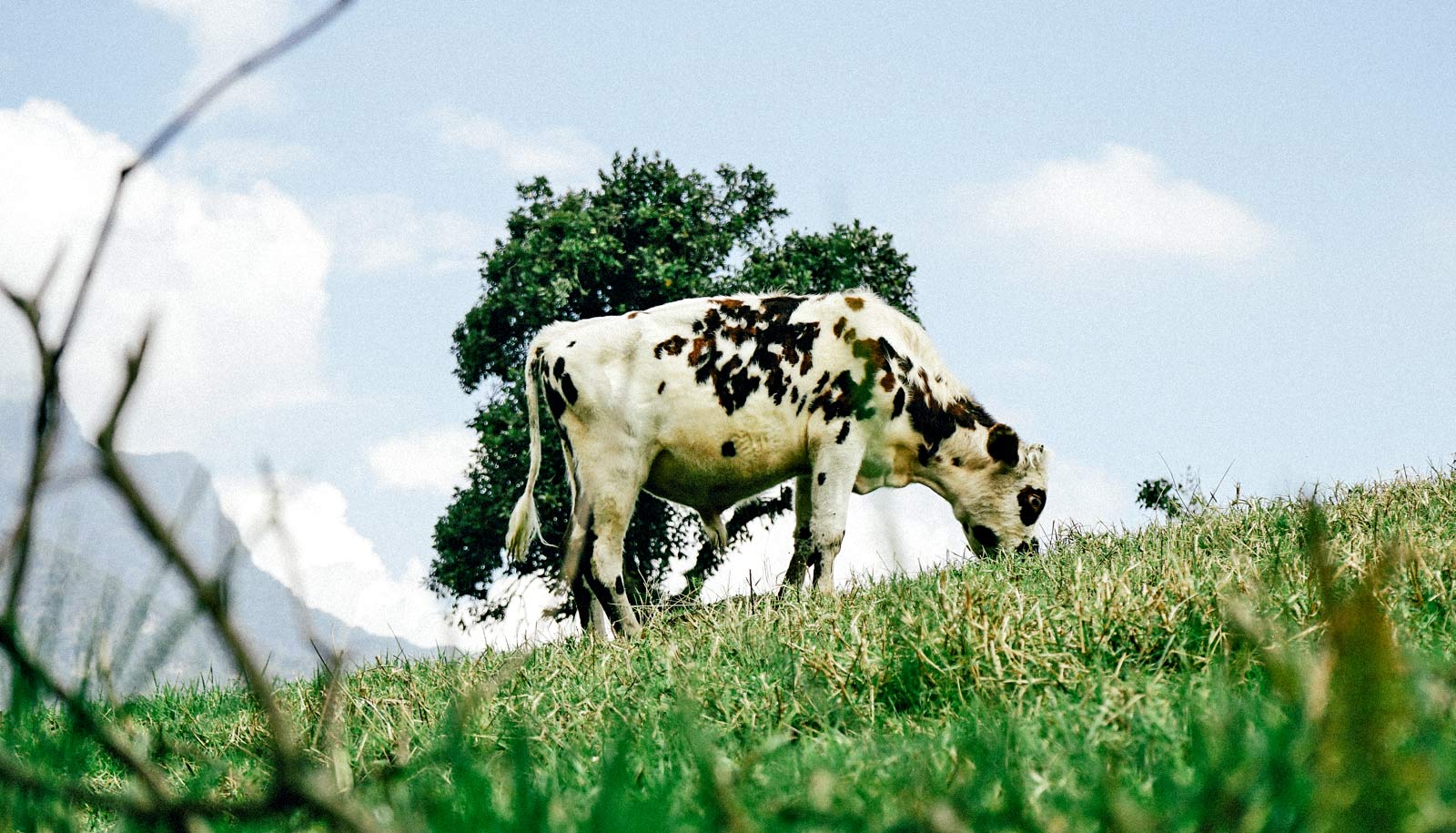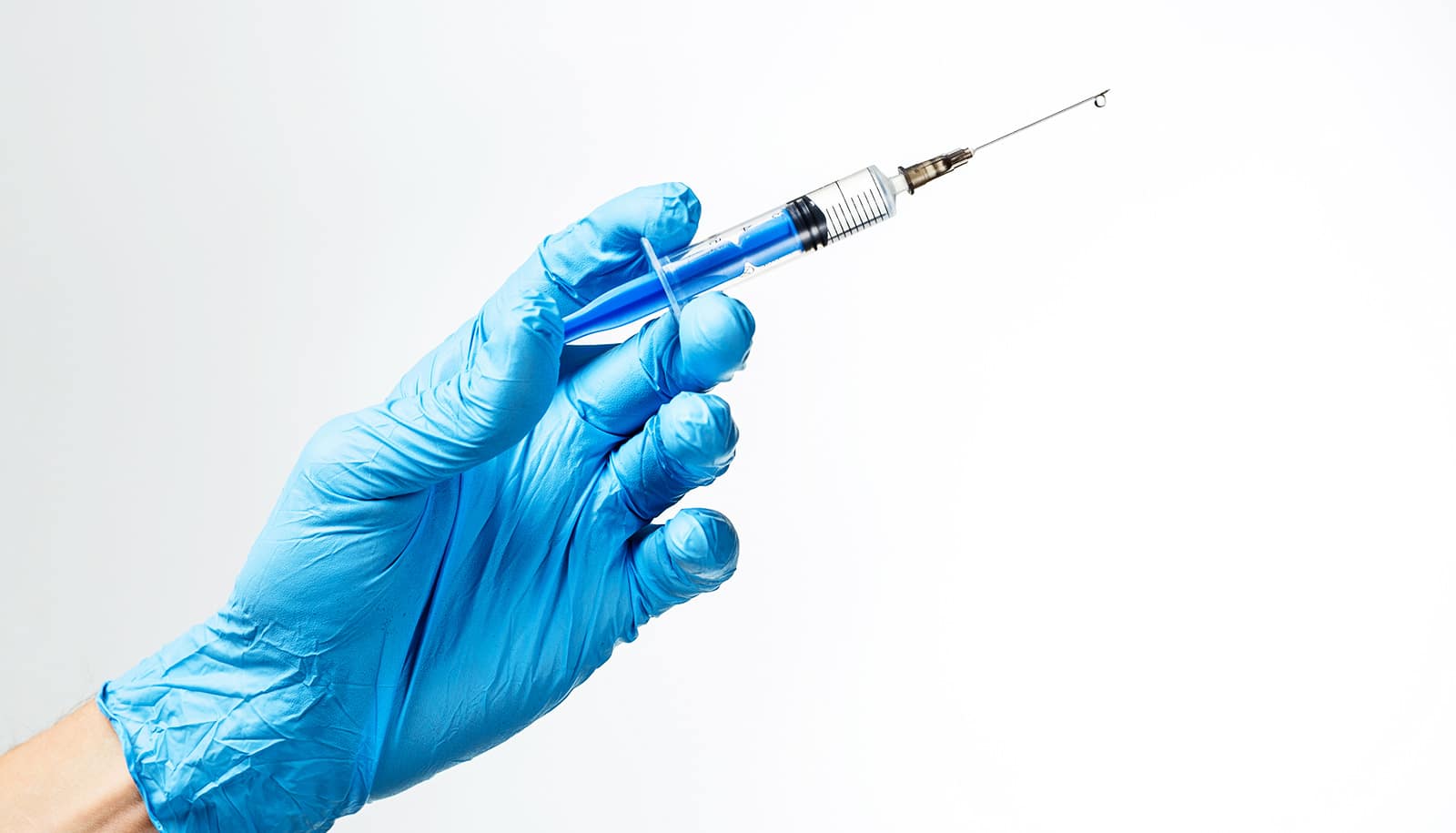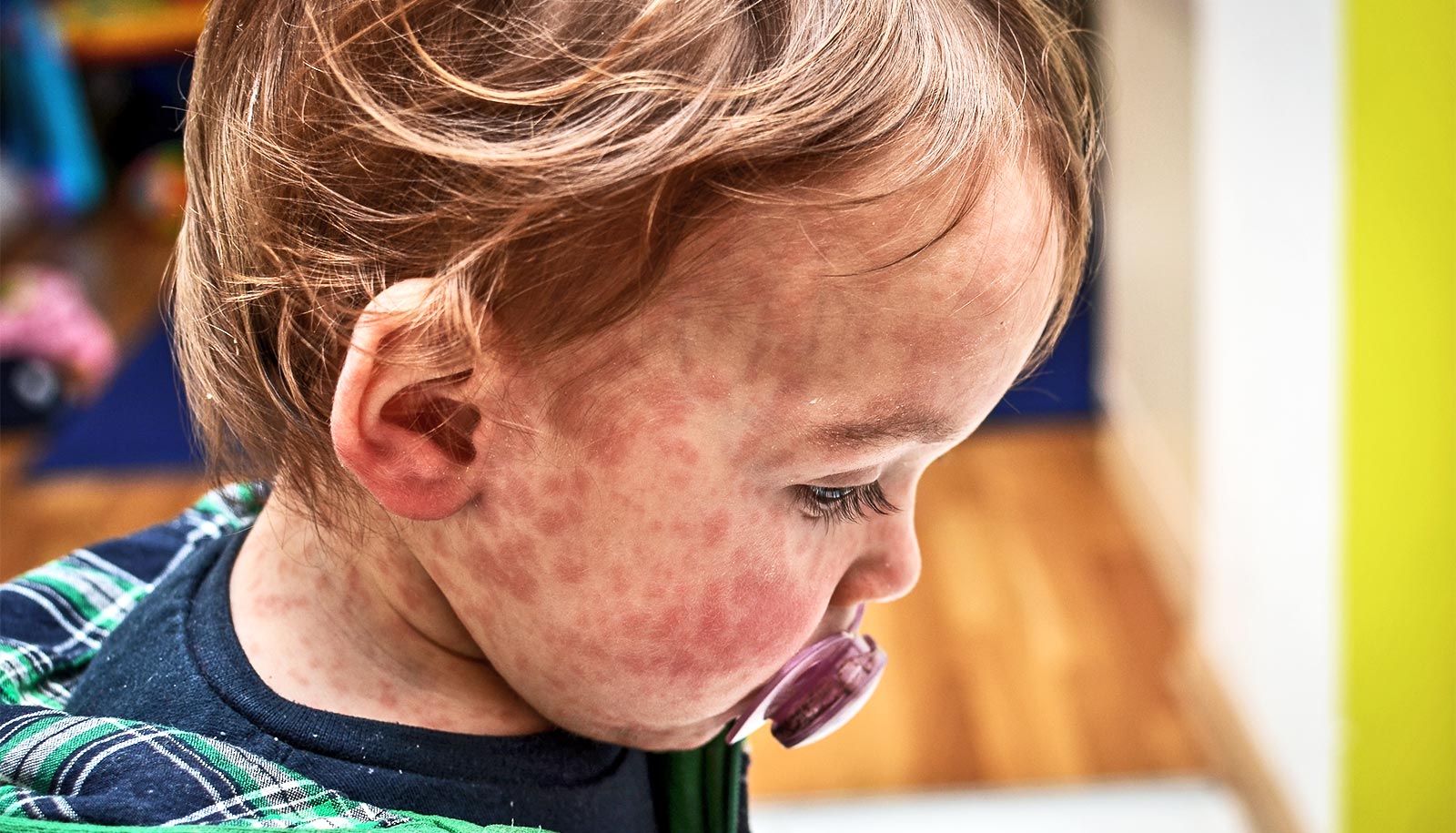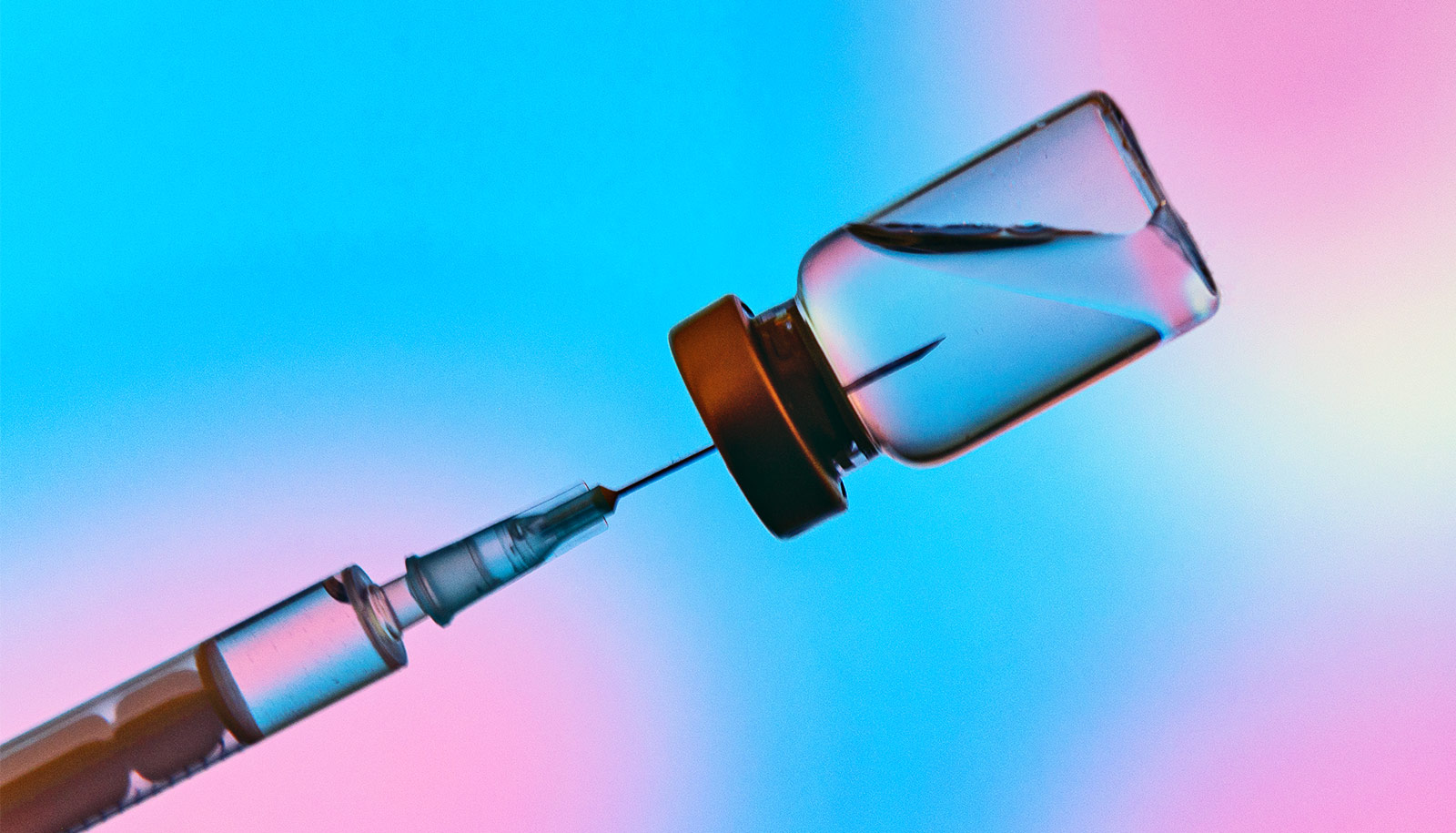To contain and eradicate foot-and-mouth disease in cows, research suggests establishing how many animals can be vaccinated per day and tailoring controls accordingly.
A 2001 foot-and-mouth disease (FMD) outbreak cost the UK economy an estimated £8 billion and led to the culling of approximately seven million animals.
“There is always uncertainty in the likely effectiveness of any control strategy for an infectious disease outbreak. However in the case of FMD, if we can accurately determine the daily capacity to vaccinate animals, we can potentially save millions of pounds for the farming industry,” says Michael Tildesley of the University of Warwick School of Life Sciences.
Using a mathematical model of the UK farming landscape, Tildesley and colleagues simulated numerous scenarios of infection—to varying levels of severity and speed—calculating the most effective and efficient approaches to stave the spread of disease.
Retina scans could spot ‘mad cow’ faster
Many dangerous uncertainties exist when dealing with epidemics like FMD, such as: the efficacy of vaccinations, the time it takes for livestock to become immune after receiving vaccines, and the number of vaccine doses available. Uncertainty leads to huge potential losses of both money and livestock.
This new FMD model demonstrates that the major uncertainty to be resolved is how many vaccine doses are available. If this is known, the infection can be contained efficiently—despite all other unknown factors.
By using the new FMD model and confirming what vaccination capacity exists, the UK could save up to £50 million, and around 200,000 animals could be spared from culling in any future epidemic. Furthermore, any outbreak using such tailored vaccination can generally be eradicated almost a week sooner than previous outbreaks.
The paper appears in PLOS Computational Biology.
The research was carried out in collaboration with Penn State, Vanderbilt University, and the United States Geological Survey. Funding came from the Biotechnology and Biological Sciences Research Council and the US National Institutes of Health.
Source: University of Warwick



